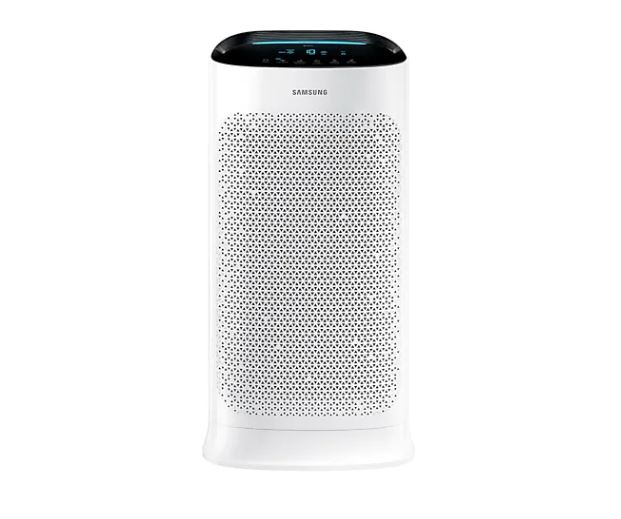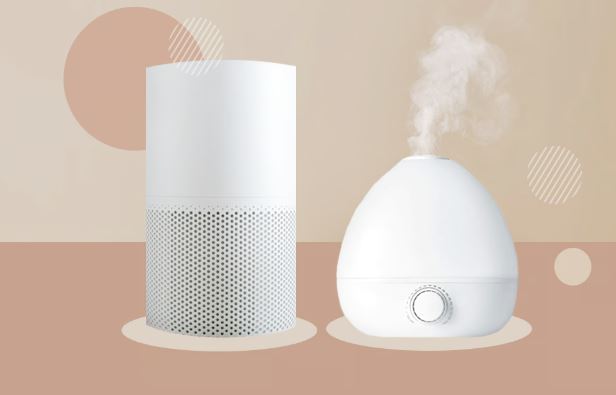Breathe Easier Today: Why You Need an Air Purifier Now More Than Ever
Breathe Easier Today: Why You Need an Air Purifier Now More Than Ever
Blog Article
In a health-conscious world, the quality of the air we breathe has become an increasingly important consideration for individuals across the globe. With growing concerns over air pollution and a deeper insight of the influence of indoor air quality on overall health on our health, it's no surprise that the air purifier market is booming.
Air purifiers are devices that clean the air of pollutants in a space, enhancing the air we breathe indoors. They are especially advantageous for those with allergies, asthma, or respiratory concerns as they can significantly lower the presence of allergens, pollutants, and irritants in the air. Even healthy individuals can rely on the added protection of air purifiers, as they offer peace of mind and an extra layer of protection against airborne illnesses.
This article will dive deep into the fascinating realm of air purifiers, examining their advantages, the variety of options on the market, key considerations when choosing a purifier, and maximizing your air purifier's potential. By the end, you should have a thorough grasp of air purifiers and be able to make an informed decision about whether investing in one is the right choice for you and your loved ones.

Decoding Air Pollutants and Their Influence on Health
To appreciate the value of air purifiers, it's essential to grasp the types of pollutants they target and the potential consequences of exposure to these contaminants.
Indoor air pollutants can be broadly categorized into three main types:
- Particulate Matter: This includes solid particles and liquid droplets suspended in the air. Examples include dust, smoke, pollen, pet dander, mold spores, and more. Particulate matter can cause respiratory issues and trigger allergic reactions.
- Volatile Organic Compounds (VOCs): VOCs are gases emitted from various solids or liquids. Sources of VOCs include paints, cleaning products, aerosol sprays, and pesticides. Exposure to VOCs can lead to eye, nose, and throat irritation, headaches, and nausea.
- Understanding Biological Contaminants: These include microbes such as bacteria, viruses, mold spores, and mildew. They can cause a variety of health problems, from minor allergies to serious infections.
The consequences of exposure on human health can differ considerably. For individuals with respiratory conditions or compromised immune systems, exposure to indoor air pollutants can lead to significant health complications. For those in good health, long-term exposure to certain pollutants can impact respiratory health and overall well-being over time.

Unraveling Air Purification Technology
Air purifiers use a range of physical and chemical mechanisms to effectively eliminate contaminants. Understanding the fundamental processes employed by purifiers will help you understand their efficiency and the different types available on the market.
Here are the key processes and technologies used in air purifiers:
- The Power of Mechanical Filtration: This is the most widely used approach used in air purifiers. It involves using specialized filters to capture particles as air is forced through the purifier. The filters can be made from various materials, each designed to target specific particle sizes and types. For example:
- Initial Defense: Pre-filters: These are usually the first line of defense, catching larger particles like dust and hair.
- HEPA Filtration: Unparalleled Performance: HEPA filters are remarkably proficient at capturing microscopic particles, including pollen, dust mites, and some bacteria and viruses. To be labeled a bona fide HEPA filter, it must effectively capture particles as small as 0.3 microns, with a minimum efficiency of 99.97%.
- carbon or charcoal filters: These filters are designed to reduce VOCs and odors.
- The Power of Ionization: Ionizers use electricity to create negatively charged ions, which bind to particles in the air. The charged particles are drawn to nearby surfaces or the purifier itself.
- Ozone's Double-Edged Sword: Some air purifiers use ozone as a potent disinfectant to destroy contaminants. While effective, ozone is a respiratory irritant so these types of purifiers should be used with care and only when no one is present.
- UV Light: Shining a Light on Purification: UV light can be used to destroy biological contaminants like bacteria, viruses, and mold spores. UV light is commonly paired with filtration to capture particles first, followed by UV light to neutralize any remaining biological threats.
Selecting the Perfect Purifier
With a variety of choices available, selecting the ideal air purification system can be a difficult decision. It's important to consider multiple factors to ensure you make the right choice for your specific needs and space.
Here are some essential factors to weigh:
- Considering Room Size: Air purifiers are typically designed for specific areas, so it's important to choose a model that can adequately cater to the room size. Most purifiers will list a suggested room size or CADR rating, which indicates the rate at which it can deliver clean air.
- Understanding Contaminants: Identify the types of pollutants you want to target. If you suffer from allergies, look for a purifier with a true HEPA filter. For eliminating odors, consider a model with a carbon-based filter. If you're concerned about viral and bacterial threats, a purifier with UV-C light might be best.
- Noise Level: Air purifiers can produce varying levels of noise, so if you plan to use it in a serene environment, look for models with a quiet mode for undisturbed rest.
- Maintaining Performance: Consider the long-term expenses and upkeep of the purifier. HEPA filters generally require replacement every 6 to 12 months, depending on use and environmental factors. Include filter replacement costs in your calculations when making your choice.
- Additional Features: Many purifiers offer intelligent features like wireless connectivity, air quality sensors, and smart modes, allowing wireless control and real-time data. These features can improve your purifier's performance and ease of use.
Optimizing Performance of Your Air Purifier
Once you've chosen and set up your air purifier, there are several things you can do to ensure it operates at maximum efficiency and delivers the greatest advantages:
- Strategic Positioning: Position your purifier in an open area, away from walls and furniture, to ensure effective airflow. Avoid placing it near external openings as drafts can impact its efficiency.
- Consistent Use: For the best results, it's recommended to run your purifier regularly. Many models have low-energy settings or automatic modes that respond to air quality changes, so you can maintain healthy air quality while conserving energy.
- Maintain the Filters: Regularly follow the manufacturer's filter replacement guidelines. Over time, filters become saturated with particles, affecting efficiency. Mark the date of replacement on your calendar so you don't forget.
- Limiting Indoor Pollutants: Alongside using an air purifier, take steps to minimize indoor air pollutants. This could include regularly vacuuming and dusting, using natural cleaning products, and minimizing the use of strong chemicals or aerosols. Report this page